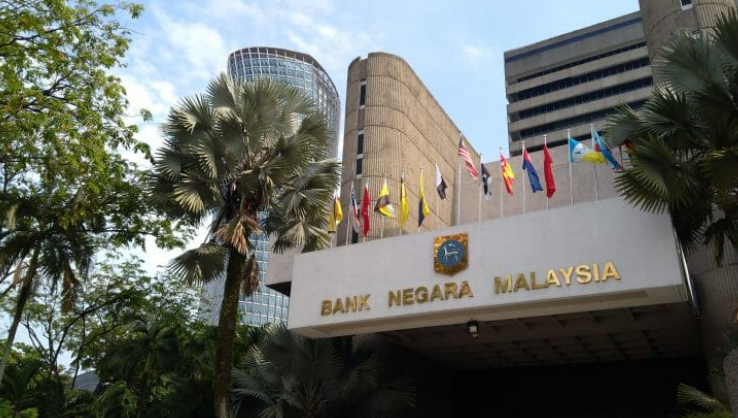OPR Hike, Malaysia’s Economy Growth More Resilient Than Expected

BNM raised the Overnight Policy Rate (OPR) by 25bps to 3.00%, in its third Monetary Policy Meeting of 2023. The OPR hike is against market expectations of zero change as investment houses initially believed that BNM may have missed the boat to frontload its normalisation.
However, it is possible that this could signal that Malaysia’s economic growth may be more resilient than first expected. In the Monetary Policy Statement, BNM highlighted that the global economy remains firm underpin by resilient domestic demand, strong labour market conditions and stronger-than-expected China’s economic recovery. However, the global economy is still surrounded by downside risks, among others elevated cost pressures and higher interest rates. Central banks across the globe still embarking on contractionary monetary policy even though at a slower pace as to manage inflationary pressure particularly driven by resilient domestic demand. MIDF opines BNM is grabbing the opportunity to restore its monetary bullets to pre-pandemic levels as domestic economic figures still indicate strong and sound performances.
Signs of stronger than expected 1QCY23 GDP growth. BNM foresee positive developments which will lead to steady expansion in the first quarter of this year. Household spending continues to be supported by improving labour market conditions and steady income growth. BNM also highlighted investment prospects to be supported by the realisation of multi-year and infra projects and further pick-up in tourism-related activities. The retabling of Budget 2023 especially with elevated DE levels may provide upside risks to domestic growth outlook. On downside risks, BNM highlighted weaker-than-expected global growth and volatile financial market conditions.
Based on the surprise move by the central bank, MIDF views that OPR will remain status quo at least until the end of 2023. It believes the current focus of BNM’s monetary policy setting is to ensure a sustainable growth momentum in Malaysia’s economy. With OPR restored to pre-pandemic levels, the house believes BNM will shift to a wait-and-see approach, especially in monitoring the major central bank’s development. If Malaysia’s domestic economy were to improve better than expected, MIDF foresees BNM may optimise its monetary arms by normalising its Statutory Reserve Requirement (SRR) from 2.00% to 3.00% this year.
The SRR rate was reduced to 2.00% since Mar-20. However, the decision will be subject to the stability of economic growth, the pace of price increases and a further improvement in macroeconomic conditions, particularly a continued recovery in the labour market and growing domestic demand. From a medium-term perspective, the policy rate normalisation is needed to avert risks that could destabilize the future economic outlook such as persistently high inflation and a further rise in household indebtedness.
